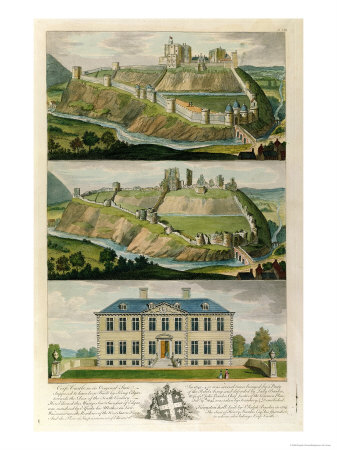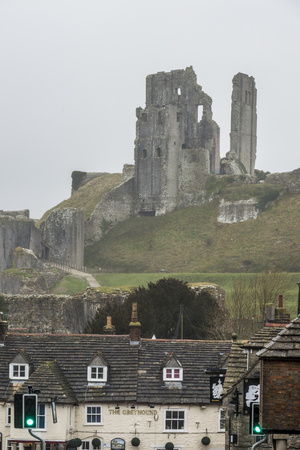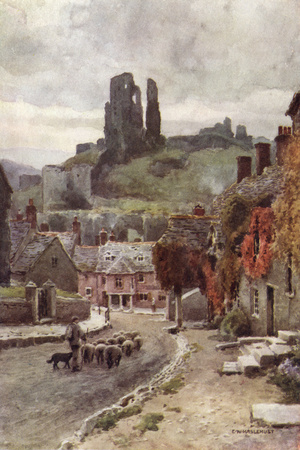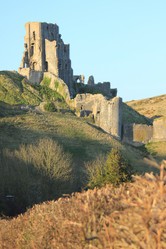When the Normans arrived in 1066 they built the castle that we know as Corfe today. Built in a similar style to the still-intact Tower of London, Corfe Castle with its huge hill, thick stone walls and defensive ramparts must have seemed impregnable. The castle even had a well within the walls that would enable it to survive long sieges.
During the war between Stephen and Matilda, the castle was besieged by Stephen's forces, but as it would so many times in history, it remained unbreached and in the hands of Matilda's followers.
Later in history, King John, notorious for being forced to sign the Magna Carta, also had links to Corfe. As well as briefly keeping his crown jewels here, he heavily reinforced it and used it as a prison. One of his uses was to hold a rebel's family hostage - if the rebel did not surrender, the family were left to starve.
It remained in the hands of the Crown until Elizabeth I, who passed it to her Lord Chancellor.











 Alternatives to Tweetdeckon 03/06/2015
Alternatives to Tweetdeckon 03/06/2015
 Computer Game reviewson 02/28/2015
Computer Game reviewson 02/28/2015
 The Bard's Taleon 02/04/2015
The Bard's Taleon 02/04/2015
 Domeboon 02/04/2015
Domeboon 02/04/2015



Comments
Thanks for the comment. It's a lovely place to go, and the countryside nearby is beautiful.
Thanks for the introduction to Corfe Castle - I'd love to visit it some day!